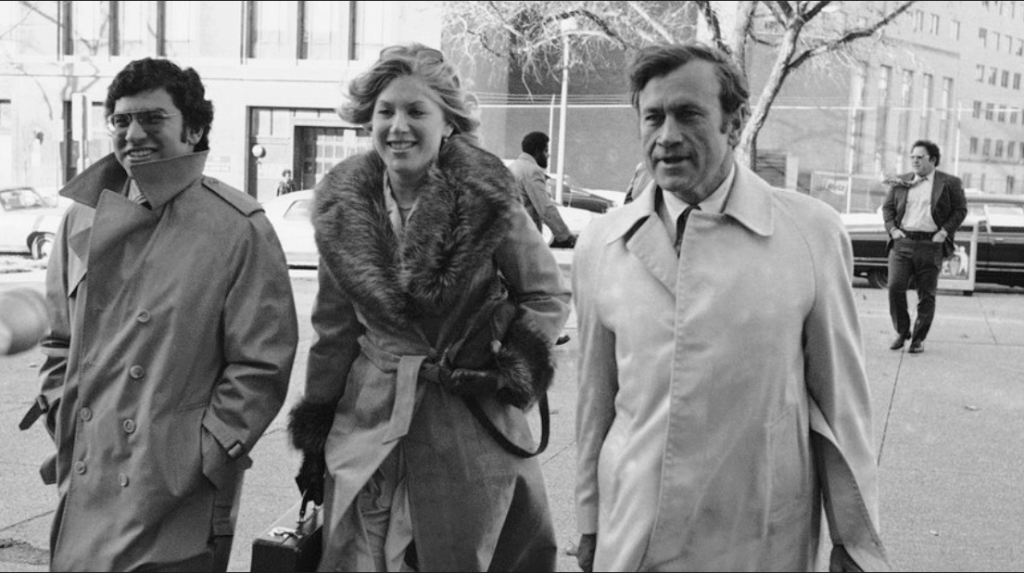If attorneys are not born hoarders, they are at least close first cousins. For many reasons, attorneys are loath to let go of case files, even decades after the case is concluded. “Bankers boxes” would be more appropriately dubbed “lawyers boxes;” dozens of such boxes can be found in virtually every attorney’s office and in almost every instance, many hold the contents of cases long concluded and mostly forgotten.
As Neal & Harwell, a nationally known firm recognized for its civil and criminal litigation, combed through 30 years of such boxes in preparation for its relocation to 1201 Demonbreun and as part of its effort to become a much more paperless office, one such banker’s box caught the firm’s attention. This box contained files that were anything but “standard.”
At the risk of hyperbole, this box held the remnants of a case documenting a national loss of innocence.
In that box were found the “working copies” of documents generated by one of the firm’s founders, the late James F. Neal, during his prosecution of the Watergate defendants in 1974. Among the most poignant is a copy of Mr. Neal’s 73-page closing argument delivered to the Watergate jury Dec. 19-20, 1974.
Certainly, the average citizen in 1974 realized the existence of corruption in politics and, occasionally, general details of such corruption were common media fare. But never before the Watergate trial had the step-by-step, intricate details of political corruption been put on public display in such excruciating and lurid detail, made even worse because the trial described the clearly and knowingly committed criminal actions of officials at the highest levels of the United States.
Neal’s closing argument at the Watergate trial was described by fellow prosecutor Richard Ben-Veniste as the best closing argument he has ever seen. A national news anchor said that Neal’s summation was “the finest closing argument” he had heard in 30 years of reporting on litigation.
The summation is not merely of interest for legal history junkies. Neal’s description of the chronology of the planning and execution of the Watergate break-in and later cover-up stripped bare from the American public any remaining old-fashioned assumptions about the honesty and integrity of its public officials.
Through Neal’s summation of the Watergate evidence, the country learned the complete story of the scandal, beginning with the planning and botched execution of the break-in and continuing through months of efforts to cover up and conceal the crime. And through the then-uncommon use of electronic legal technology, Neal helped tell the story through the defendants’ own words, that is, through the taped conversations of defendants Mitchell, Haldeman, Ehrlichman, Mardian, Parkinson and, most shockingly, the defendants’ conversations with the unmistakable voice of the unindicted co-conspirator, President Richard M. Nixon.
Forty-two years later, reading Neal’s summation oddly brings to mind political scandals in the years following Watergate and continuing still.
Although countless articles, books and commentaries have been written on the signifi cance of the Watergate scandal, there can be no doubt that Neal’s summation stripped away any remaining presumption that our political leaders are imbued with a certain level of integrity merely due to the gravity of their offi ce, even those at the highest branches of our government. That, in the end, is one of the greatest lessons gleaned from Neal’s summation – great power does not infer great integrity and a successful democracy is a watchful democracy.
Need More Time?
Make More Money?
Streamlining Your Office Operations
- Monthly Billing Services
- AOC ICE Indigent Billing and Advanced Funding
- Medical Record Request and Retrieval
- Office & Practice Management Specialist
- Trust Account Auditing and Management
- Efficiency Experts Aubrey B. Harwell










